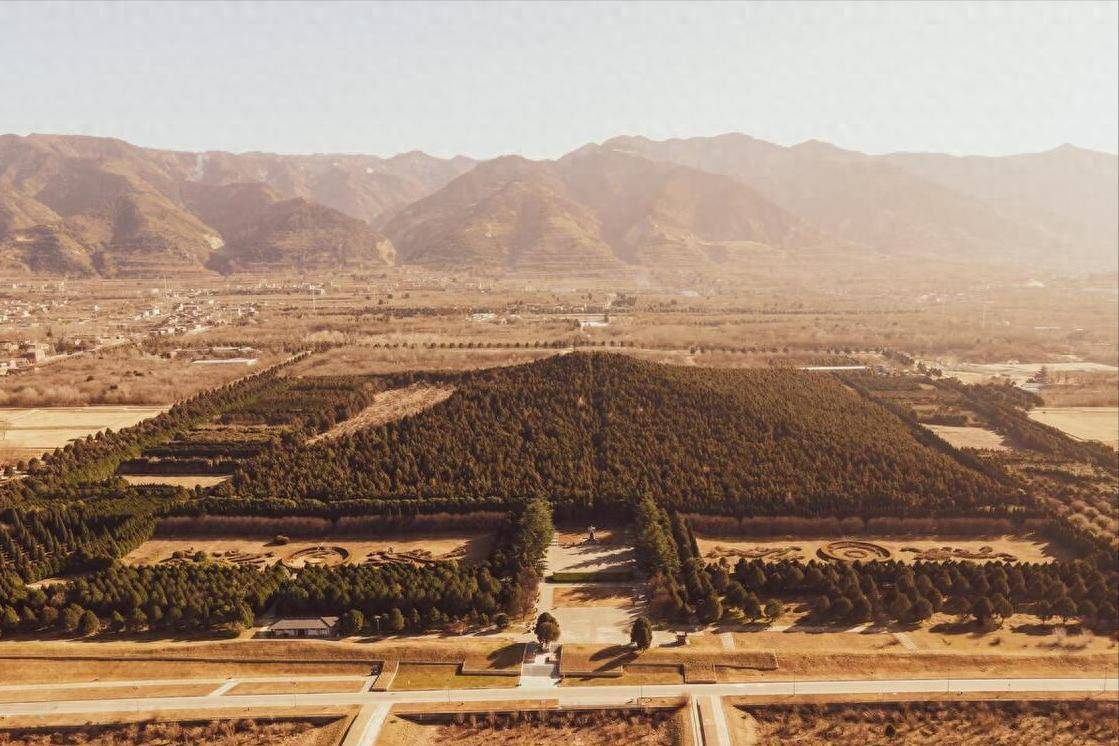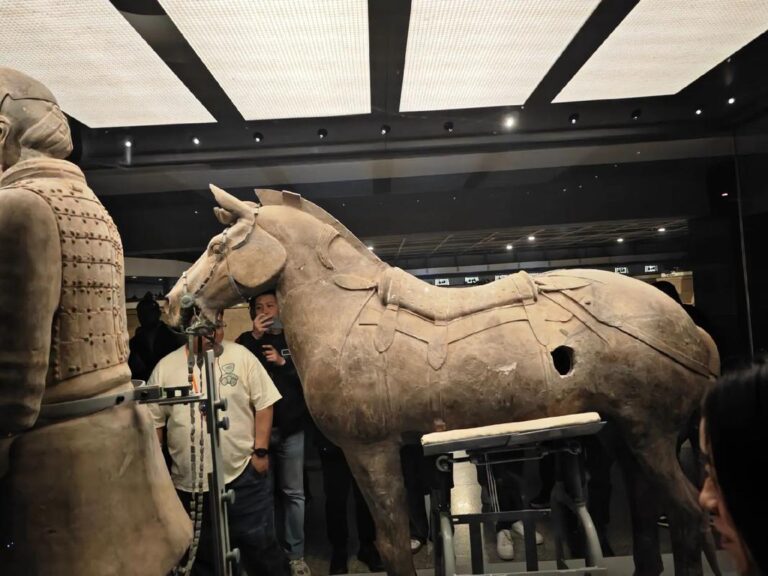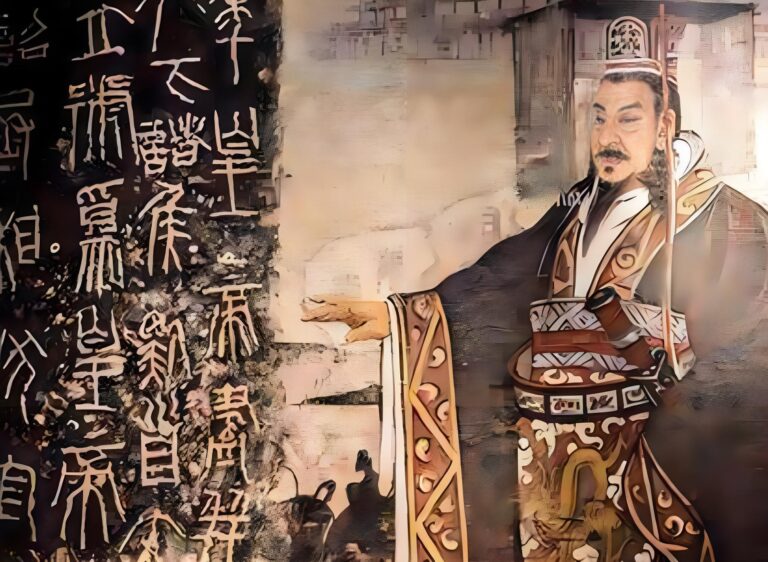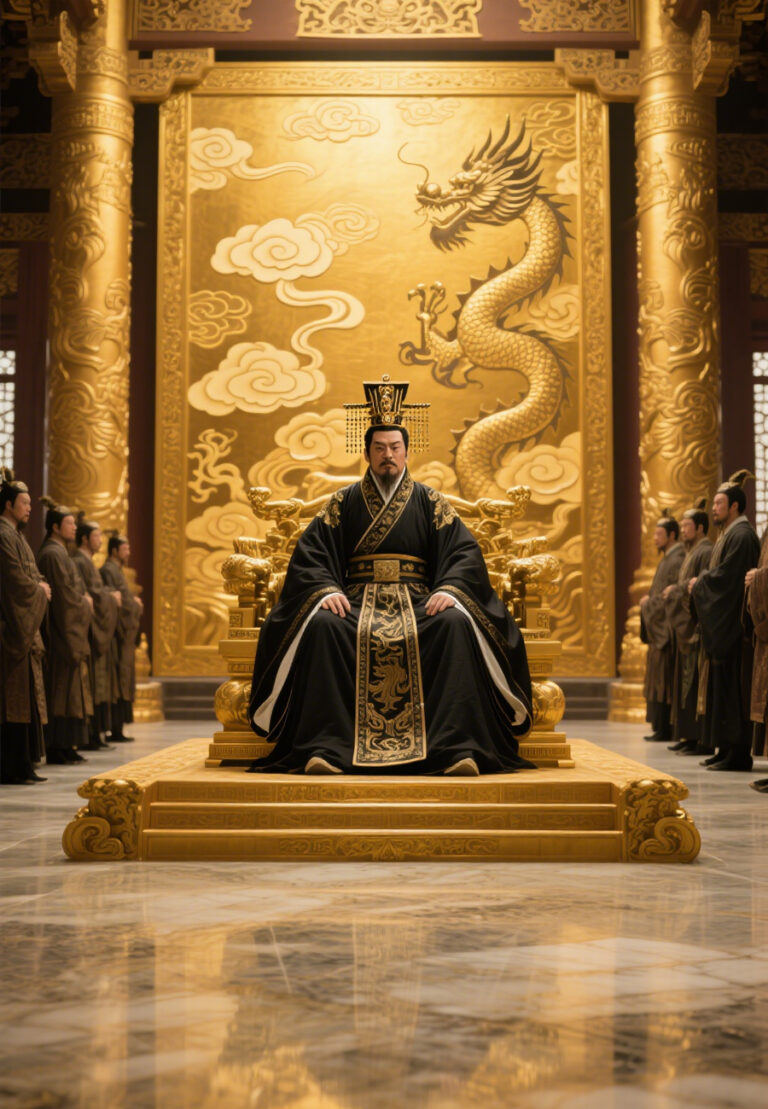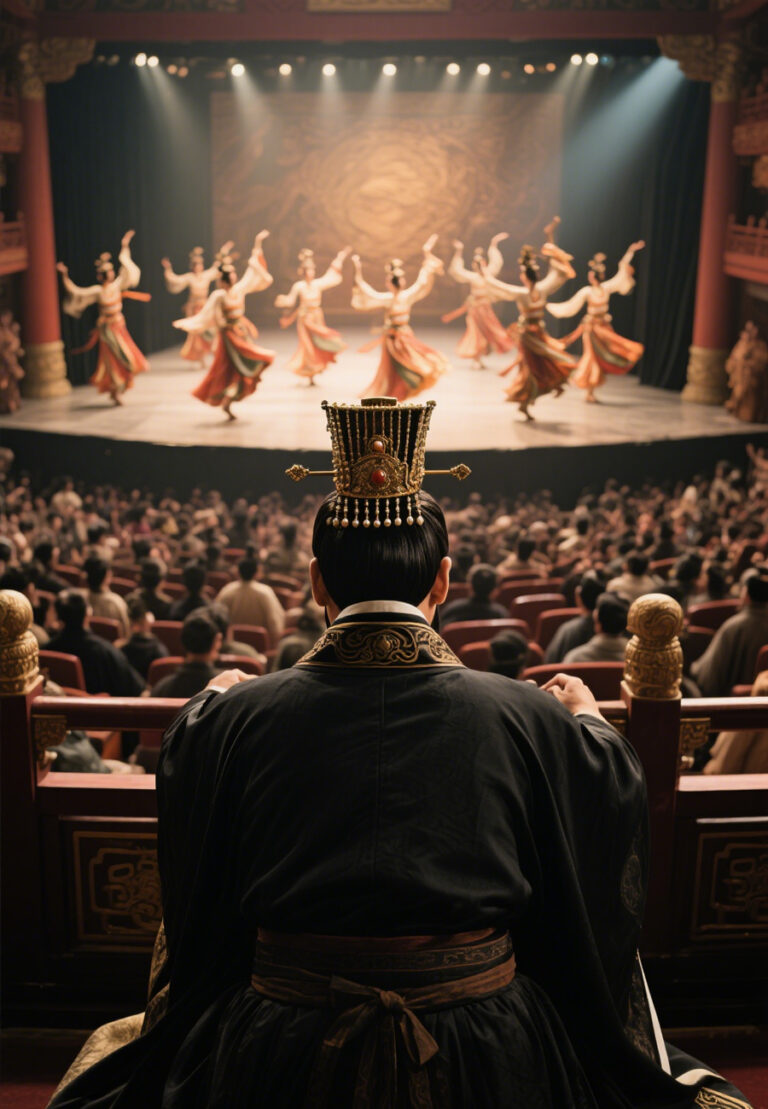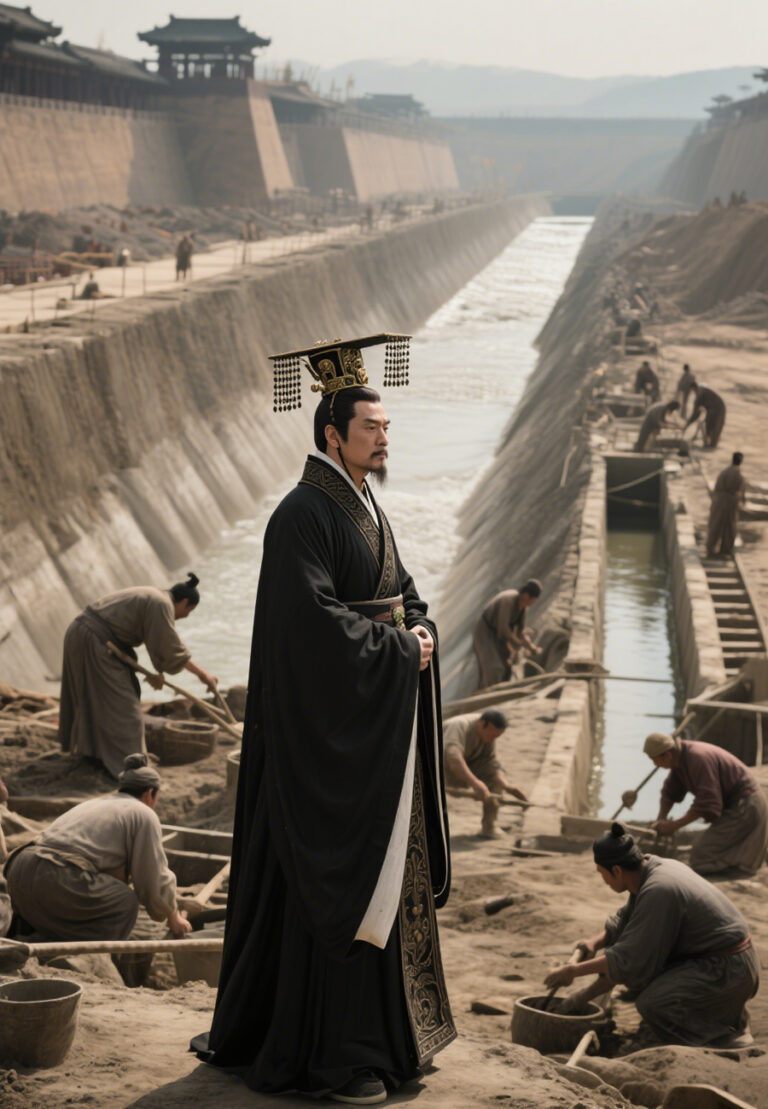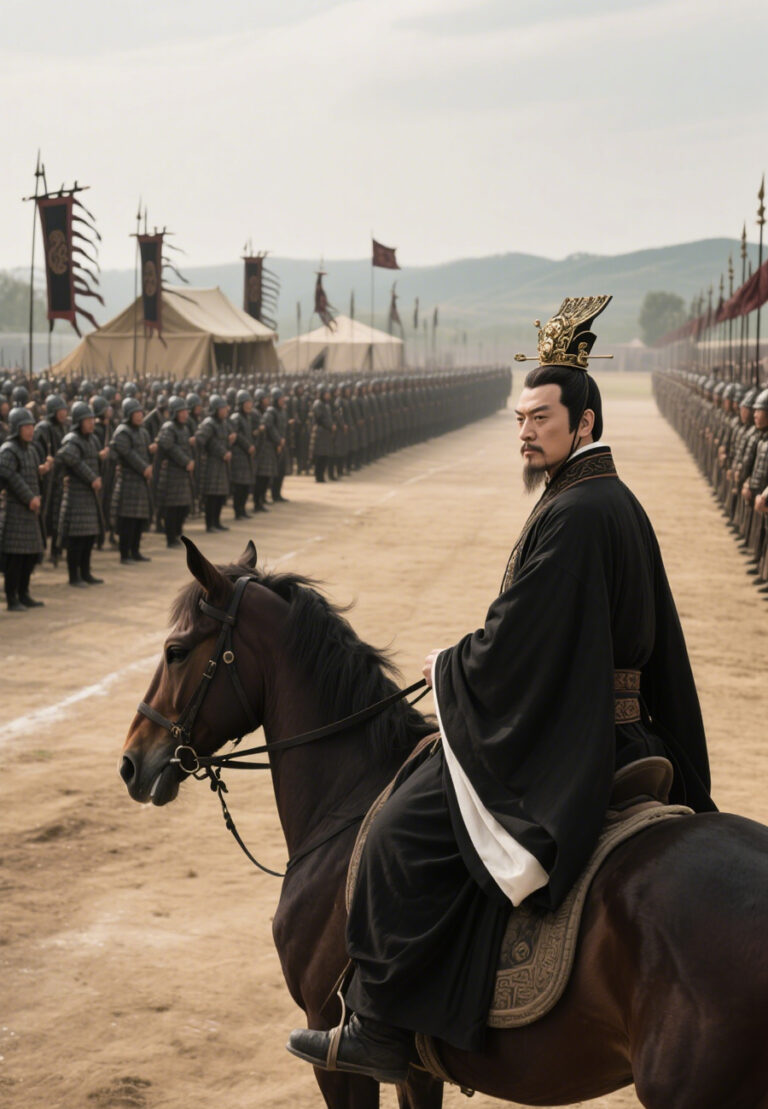Is Qin Shi Huang still alive?
Is Qin Shi Huang still alive? The Mystery of Eternal Life Through Two Thousand Years
When people stand beside the Terra Cotta Warriors pit in Xi’an and stare at thousands of lifelike clay soldiers, an absurd and tempting question often arises in their minds: Is the First Emperor of Qin who ordered to create this underground army still “alive” in some form? After all, this first emperor in Chinese history was so passionate and persistent in his pursuit of eternal life.
The short answer is: No, Qin Shi Huang Ying Zheng passed away in 210 BC, more than 2200 years ago. His body was buried in a huge tomb. However, behind this seemingly simple question lies a fascinating history about humanity’s oldest and strongest desire – to overcome death.
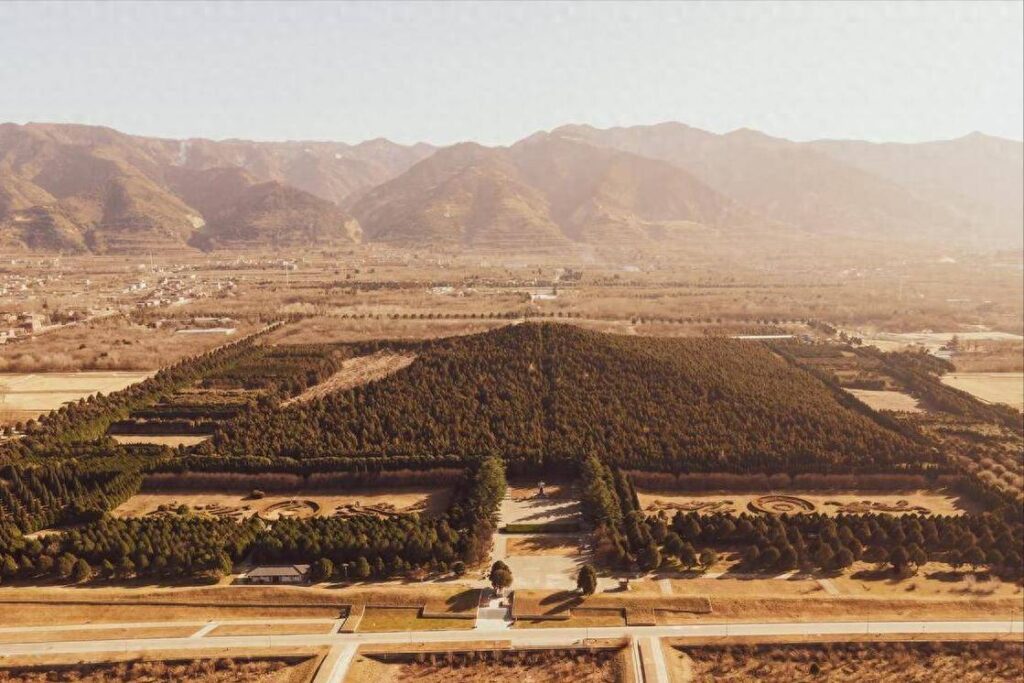
The conclusive evidence of death: records in historical books
The most authoritative historical work in China, “Records of the Grand Historian,” has a clear record of the death of Emperor Qin Shi Huang
- Time and Place: In 210 BC, Emperor Qin Shi Huang fell ill during his fifth and final national tour and ultimately passed away at the Sand Dune Palace (located near present-day Xingtai City, Hebei Province).
- Cause of death: Historical records do not provide a precise modern medical diagnosis, but describe a series of symptoms that may include high fever, severe headache, and physical pain. Considering his long-term high-intensity work, immense stress, and possible use of the “elixir of immortality” containing heavy metals, his cause of death is likely to be an acute attack or poisoning from various chronic diseases.
- Body disposal: Due to the scorching heat at that time, in order to prevent the leakage of the secret of the emperor’s death due to the decay odor of the body, Prime Minister Li Si and eunuch Zhao Gao ordered the accompanying convoy to load a large amount of salted fish (abalone) to cover up the odor. In the end, the body was transported back to the capital Xianyang, where a grand funeral was held and buried in the Lishan Mausoleum, which he had built with all his national strength.
These records clearly indicate that Qin Shi Huang, as a flesh and blood human, had already died naturally.
Eternal Longing: Qin Shi Huang’s Eternal Life Plan
Since his death has been confirmed, why is the question of ‘Qin Shi Huang is still alive’ still lingering? This stems from his almost obsessive pursuit of immortality and the heavy fog surrounding his tomb.
After Emperor Qin Shi Huang unified China, he possessed supreme power and wealth, and his fear of death grew day by day. He invested astonishing resources in trying to find ways to prolong his life:
- Seeking immortality and medicine: He sent large fleets (led by the alchemist Xu Fu) out to sea multiple times, heading to the legendary “Penglai, Fangzhang, and Yingzhou” three immortal mountains to search for immortals and obtain the elixir of immortality. These costly expeditions ultimately ended in failure (legend has it that Xu Fu may even have settled in Japan).
- Alchemy and Medication: The court gathered a large number of alchemists (ancient “chemists” and wizards) who worked day and night to refine elixirs that were said to make people immortal. Modern scientific analysis shows that these pills often contain highly toxic substances such as mercury, lead, arsenic, etc. Long term use of these ‘elixirs’ may have seriously damaged Qin Shi Huang’s health and accelerated his death.
- Building an “Eternal” Empire: Since the body cannot last forever, Qin Shi Huang turned his gaze to the afterlife world. He exerted all his national strength (reportedly using 700000 people) and spent nearly 40 years building an unprecedented underground tomb – the Lishan Mausoleum. The Terra Cotta Warriors is only a part of the huge tomb system. It is an army that protects his soul after death and allows him to continue to fight in another world. The entire tomb is the “eternal residence” he built for himself, replicating everything of the earthly empire (mountains, rivers, palaces, and buildings).
It is precisely this almost insane investment in immortality, as well as the vast “underground kingdom” he created for himself to simulate the real world, that makes future generations unable to help but wonder: has this emperor, who is so obsessed with immortality, really found a way to transcend death?
Lishan Mausoleum: Uncharted Mysterious Core
The biggest source of speculation about whether Qin Shihuang is still alive is that his main tomb, the Lishan Mausoleum, has not been officially excavated yet. It is like a huge heart wrapped in layers of mysteries, buried deep beneath a mound of soil.
The astonishing description in “Records of the Grand Historian”: Sima Qian depicted the astonishing scene inside the tomb in “Records of the Grand Historian”: the top of the tomb was inlaid with pearls and gemstones simulating the sun, moon, and stars; Inject mercury into rivers and oceans on the ground, and use mechanical devices to make the mercury flow; A perpetual lamp made of “mermaid paste” (possibly whale oil) was lit in the tomb chamber; The tomb is filled with countless rare treasures. In order to prevent tomb raiding, the tomb passage is equipped with multiple automatic firing crossbow mechanisms.
Verification of modern technology: Surprisingly, modern geophysical detection techniques such as remote sensing and geophysical exploration have indeed detected strong areas of mercury (mercury) anomalies beneath tomb mounds, and their distribution patterns bear striking similarities to China’s rivers, lakes, and seas! This strongly proves that the description of the Mercury River in the Records of the Grand Historian is not fictional. At the same time, the detection also confirmed that the structure of the tomb’s underground palace was exceptionally complex and huge, and the palace walls were exceptionally strong.
Unknown state of preservation: The core question that has not been excavated is: In such a complex, sealed environment (rumored to have poured gaps with copper liquid) and containing a large amount of highly toxic mercury, what would be the state of Qin Shi Huang’s coffin and body? Is there any special anti-corrosion technology (far beyond the Han tomb female corpse Xin Zhui in Mawangdui) that makes him look “like he was born”? This uncertainty provides space for various imaginations.
Can modern technology revive Qin Shi Huang?
With the rapid development of genetic technology (such as DNA extraction, sequencing, and even gene editing) and artificial intelligence (AI), some people’s minds have opened up: can these modern technologies be used to resurrect Emperor Qin Shi Huang?
- Extract DNA? The prerequisite is to open the underground palace and find relatively well preserved remains and tissues (such as teeth and bones). Even if DNA can be extracted, the damage to DNA caused by over two thousand years of time and complex underground environments (especially high mercury environments) is extremely severe, and the possibility of obtaining a complete and usable genome is extremely low.
- Clone a ‘Qin Shi Huang’? Even if complete DNA is obtained, cloning technology can only create a new, genetically identical individual. This’ New Qin Shi Huang ‘lived in the 21st century, without the experience, memory, and thoughts of Ying Zheng, and was completely a different person. Cloning technology itself also faces significant ethical and legal barriers.
Another idea for the “resurrection” of AI is to utilize AI technology. If we have enough historical materials about the personality, behavior, and decision-making of Emperor Qin Shi Huang, perhaps we can train an AI model to simulate his way of thinking and dialogue. This is more like an advanced ‘chatbot’ that can simulate his speech style, but it is not a continuation of his own consciousness or life. It lacks the self-awareness and unique life experience of Ying Zheng.
Therefore, modern technology cannot truly revive Qin Shihuang. It may help us better understand him (if his remains are well preserved), or create a digital illusion about him, but it cannot bring back the soul that passed away in 210 BC.
True Immortality: Immortal Legacy
Although Qin Shi Huang’s body had long disappeared and he could not achieve the eternal life he had dreamed of, he obtained another sense of “immortality” in a way he may not have anticipated:
- Shaping China: He unified writing, currency, and measurement, established the county system, built the prototype of the Great Wall and the ancient expressway, laying the basic framework for China’s unified centralized state for more than two thousand years. Many of his systems have had an impact to this day.
- The shock of the Terra Cotta Warriors: This “underground army” created to protect his dead spirit reappeared unexpectedly more than 2200 years later, becoming the “eighth wonder” that shocked the world. Their lifelike faces, exquisite craftsmanship, and grand scale have become eternal symbols of the powerful organizational ability and artistic achievements of the Qin Empire. Every year, millions of tourists stand in front of the pit and are deeply shocked by it, and the name of Emperor Qin Shi Huang also spreads around the world.
- Eternal cultural symbols: The story of Qin Shihuang – his great talent, cruel rule, pursuit of immortality, and mysterious tomb – has long surpassed history itself and become an enduring theme in literature, film, video games, and even popular culture. He became a complex cultural symbol representing centralization, ambition, immortal pursuit, and the mysteries of history.
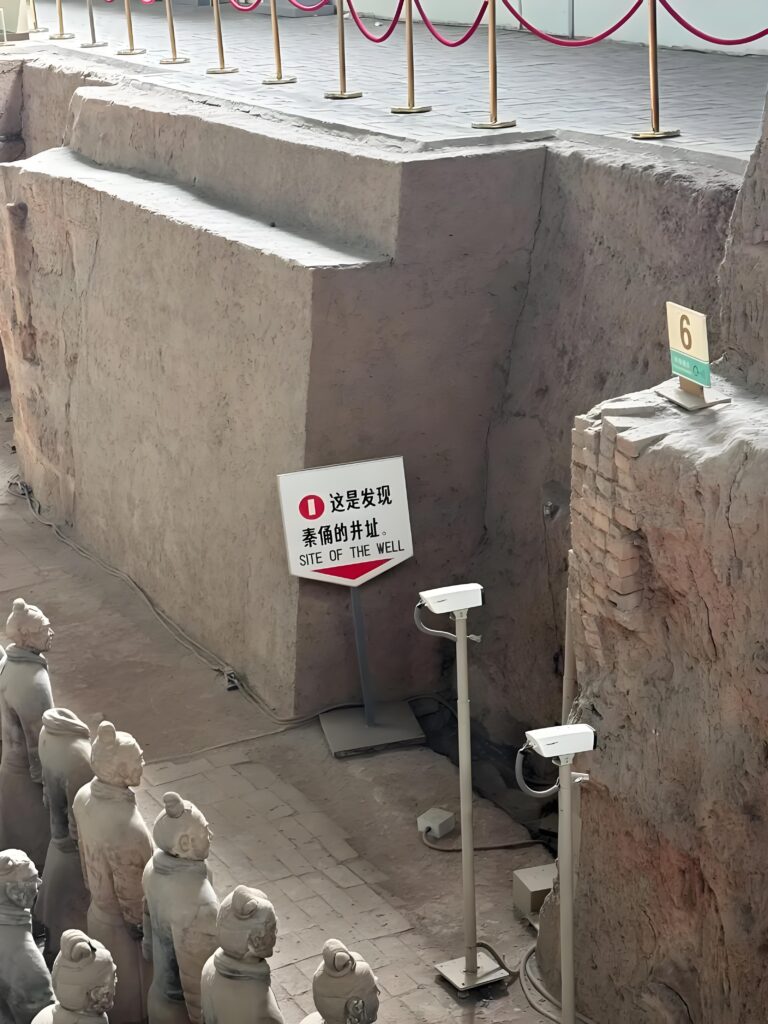
Dust settles, legend never ceases
Qin Shi Huang Ying Zheng, the first emperor in Chinese history, did indeed pass away in 210 BC. His body lies in the deep, mysterious, and mercury filled underground palace of the Li Mountain Mausoleum.
The elixir of immortality that he had been striving for became poison, and his alchemists failed to bring miracles. The magnificent underground palace eventually became his resting place rather than the place of eternal life. Although modern technology is powerful, it cannot reverse death and bring his physical body or consciousness back to the human world.
However, Qin Shi Huang did not truly ‘die’. Through his great achievements in unifying China, through the incomparable cultural heritage of the Terra Cotta Warriors, and through the dramatic and controversial legends he left behind, he achieved a more grand and lasting “eternal life” than the mere physical continuation. His influence, ambition, fear, and legacy still echo today, more than two thousand years later, in our history books, in the loess pits of Xi’an, and in people’s eternal discussions about power and immortality. Perhaps this is the most profound imprint he left on the world.

